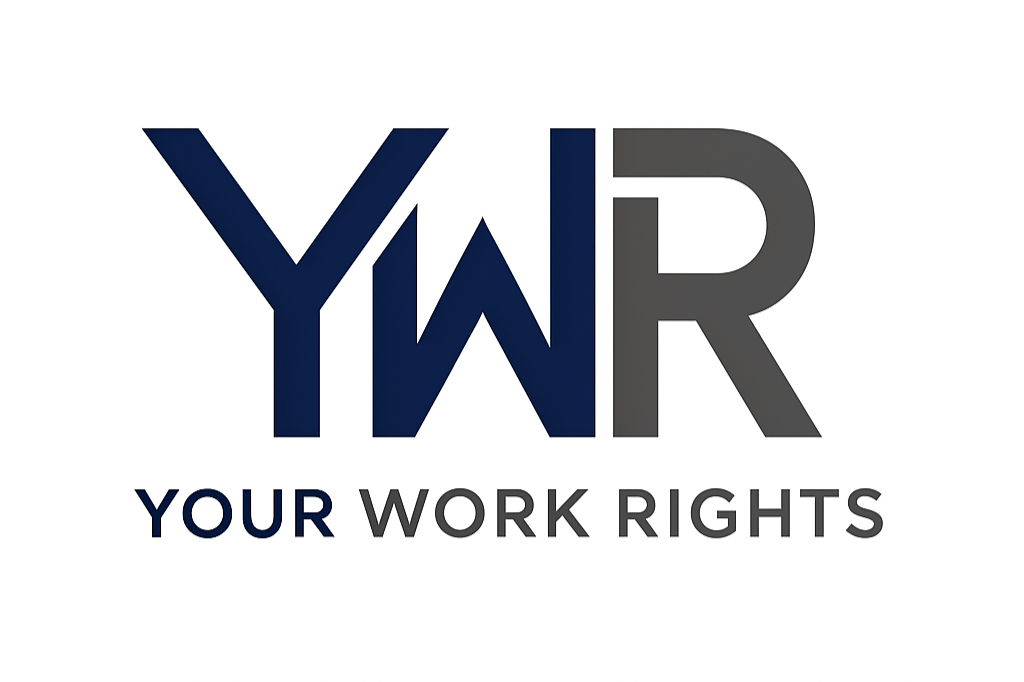Discrimination Claims: Your Rights Under the Equality Act 2010
Being treated unfairly at work is distressing. When that unfairness is because of who you are, it may be unlawful discrimination. The Equality Act 2010 is the key piece of legislation that protects you from discrimination in the workplace.
This guide explains the nine "protected characteristics" that are covered by the law and the four main types of discrimination you can challenge.
1. The Nine Protected Characteristics
The law only protects you from discrimination if the unfair treatment is because of one of these nine specific characteristics.
Age
This means being treated unfairly because you are "too old" or "too young." It protects all age groups.
Example: You are overlooked for a promotion in favour of a younger colleague with less experience because your manager assumes you are "nearing retirement and less ambitious."
Disability
You are protected if you have a physical or mental impairment that has a 'substantial' and 'long-term' negative effect on your ability to do normal daily activities.
Example: You are dismissed for sickness absence which is related to your disability.
Reasonable Adjustments: Employers also have a legal duty to make "reasonable adjustments" to help disabled employees do their job (e.g., providing special equipment or allowing flexible hours). A failure to do so can also be a form of discrimination.
Gender Reassignment
This protects you if you are treated unfairly because you are transitioning from one gender to another, have transitioned, or are proposing to do so. You do not need to have undergone any medical procedure to be protected.
Example: A colleague repeatedly and deliberately uses your former name or pronoun after you have transitioned.
Marriage and Civil Partnership
You are protected from being treated unfairly because you are married or in a civil partnership.
Example: You are made redundant over an unmarried colleague because your employer assumes your partner earns a good salary and you are "less in need of the job."
Pregnancy and Maternity
This protects you from unfavourable treatment because you are pregnant, have a pregnancy-related illness, or are on maternity leave.
Example: You are selected for redundancy because you are on maternity leave. This is almost always an act of automatic unfair dismissal and discrimination.
Race
You are protected from unfair treatment because of your race, which includes your colour, nationality, or ethnic or national origins.
Example: You are subjected to "banter" or jokes about your nationality which you find offensive.
Religion or Belief
This protects you from being treated unfairly because of your religious or philosophical beliefs (or your lack of a particular belief).
Example: A team social event is always held at a pub on a Friday night, which excludes employees whose religion forbids them from consuming alcohol or requires them to attend a Mosque.
Sex
This means being treated unfairly because you are a man or a woman.
Example: A manager makes sexist comments, stating that a female colleague was only promoted because of her looks.
Sexual Orientation
You are protected from being treated unfairly because of your sexual orientation, whether you are bisexual, gay, heterosexual, or lesbian.
Example: You are not invited to client events because your manager feels it would be "uncomfortable" for clients to see you with your same-sex partner.
2. The Four Main Types of Discrimination
It is not enough to have a protected characteristic; you must also show that you have suffered one of these four types of discrimination.
Direct Discrimination
This is the most obvious form. It means being treated less favourably than someone else because of a protected characteristic.
Example: A man is promoted over a woman with better qualifications because the hiring manager believes "men make better leaders." The woman has been treated less favourably because of her sex.
Indirect Discrimination
This is more subtle. It happens when an employer applies a rule, policy, or practice to everyone, but it has the effect of putting people with a particular protected characteristic at an unfair disadvantage.
Example: A company requires all employees to work full-time from the office. This policy is applied to everyone, but it could indirectly discriminate against women, who are statistically more likely to have primary childcare responsibilities.
Harassment
This is unwanted conduct related to a protected characteristic which has the purpose or effect of violating your dignity or creating an intimidating, hostile, degrading, humiliating, or offensive environment for you.
Example: Colleagues make repeated, offensive "jokes" about your age, even after you have asked them to stop.
Victimisation
This is being treated badly or being subjected to a detriment because you have made or supported a complaint about discrimination. This is known as a "protected act."
Example: You act as a witness for a colleague's race discrimination grievance. A month later, you are unfairly given a poor performance review and denied a bonus.
What to Do Next
If you believe you have been discriminated against, it is crucial to act.
Reflect on your situation: [Use our "Was I Discriminated Against?" checker]
Gather your proof: [Go to the Evidence Checker Toolkit]
Raise a formal complaint: [The Grievance Survival Toolkit]
Consider a legal claim: [The Employment Tribunal Preparation Toolkit]
